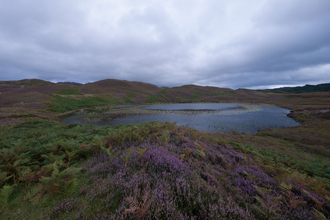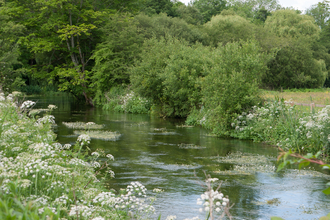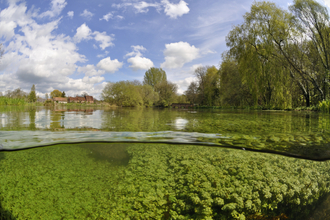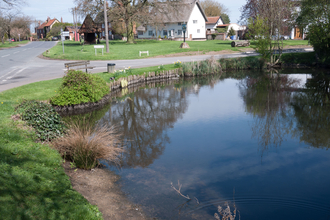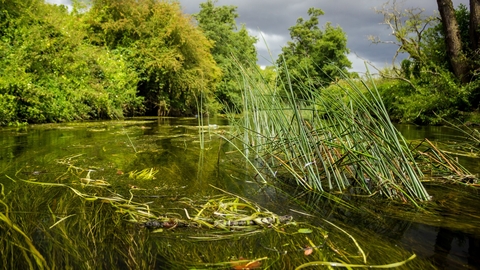
Ed Marshall
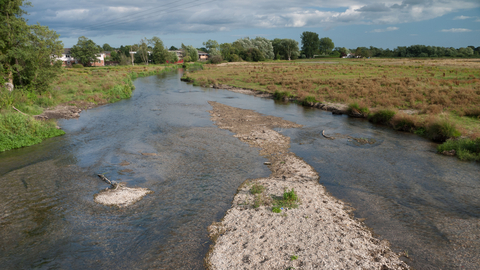
Freshwater
The history of lakes and rivers
Waterbodies vary greatly according to the shape of the land, the rock beneath them and the movement of water. Streams start from springs, snowmelt or rainwater. This drains from a catchment, flowing rapidly downhill in the uplands, over time eroding a shaped valley.
Streams join to form broader rivers. When a river reaches the lowlands, it slows and meanders across a broad, flat and fertile floodplain. Eventually, rivers reach the coast and the water flows into the sea. As nowhere in the UK is that far from the sea, water doesn’t travel far enough for very large rivers to form. Most natural lakes are found where glaciers gouged out deep valleys, or deposited debris that creates a natural dam.
Many lakes and ponds were created by gravel extraction or as reservoirs, fish ponds, mill ponds or for livestock. Lakes are temporary features, eventually filling with sediment and developing fen vegetation, but this is a very slow a process.
Canals and ditches are also artificial water bodies. Canals were created for transport but fell into decline as they were replaced by trains and roads. However, many have been restored and are used for recreation. They have little flow and have more in common with ponds than rivers. They can support much wildlife, often bringing it into urban areas – some are of international importance for their aquatic flora and invertebrates.
Ditches were often part of farmland. Although many hold little wildlife, those in areas that were once wetlands can be rich in plants and invertebrates, providing a refuge for species that were once more widespread.
Tamed rivers
Natural rivers are dynamic, creating islands and mini landforms. Over time they erode their outer curves and migrate across their floodplain. The habitats that form along these rivers are home to a range of wildlife. Kingfishers and sand martins burrow into muddy, riverside cliffs, and shingle supports diverse invertebrates as well as nesting birds, such as little ringed plover and common sandpiper.
However, few rivers in the UK show fully functioning natural processes. They’ve been modified for centuries through human use, including water impoundment for mills, waste disposal and energy creation schemes. Rivers have been deepened, straightened and embanked to improve boat access and increase the water flow. This has cut rivers off from their floodplains and stopped them from creating the mix of habitats that so much wildlife depends on.
Pollution has also had an impact on our waterways. Pollution due to nutrients, soil and pesticides entering the river and events such as chemical spills have disastrous effects. Intensive cultivation of river catchments has also resulted in soil run-off and polluted waters.
Conservation
Recognition of these issues has led to the development of plans to reduce pollution and restore natural habitats. Water bodies are particularly sensitive to climate change which is likely to lead to warmer temperatures, intensified storm events and drought. Future river restoration needs to be combined with wider policies relating to climate change, such as the reinstatement of working floodplains.
How you can help
We have started to recognise that healthy wetlands are important, not just for wildlife, but also for us. River and floodplain restoration projects carried out by Wildlife Trusts are aiding these vital habitats. You can support this work by joining the Wildlife Trust in your area.
You can help reduce the strain on our streams and rivers by reducing your own water use, in the house and in the garden. Tips for saving water include turning off the tap when brushing your teeth, or washing fruit and veg in a bowl rather than under a running tap.
Check out your local water company website, as many companies now offer water saving tips and devices.


